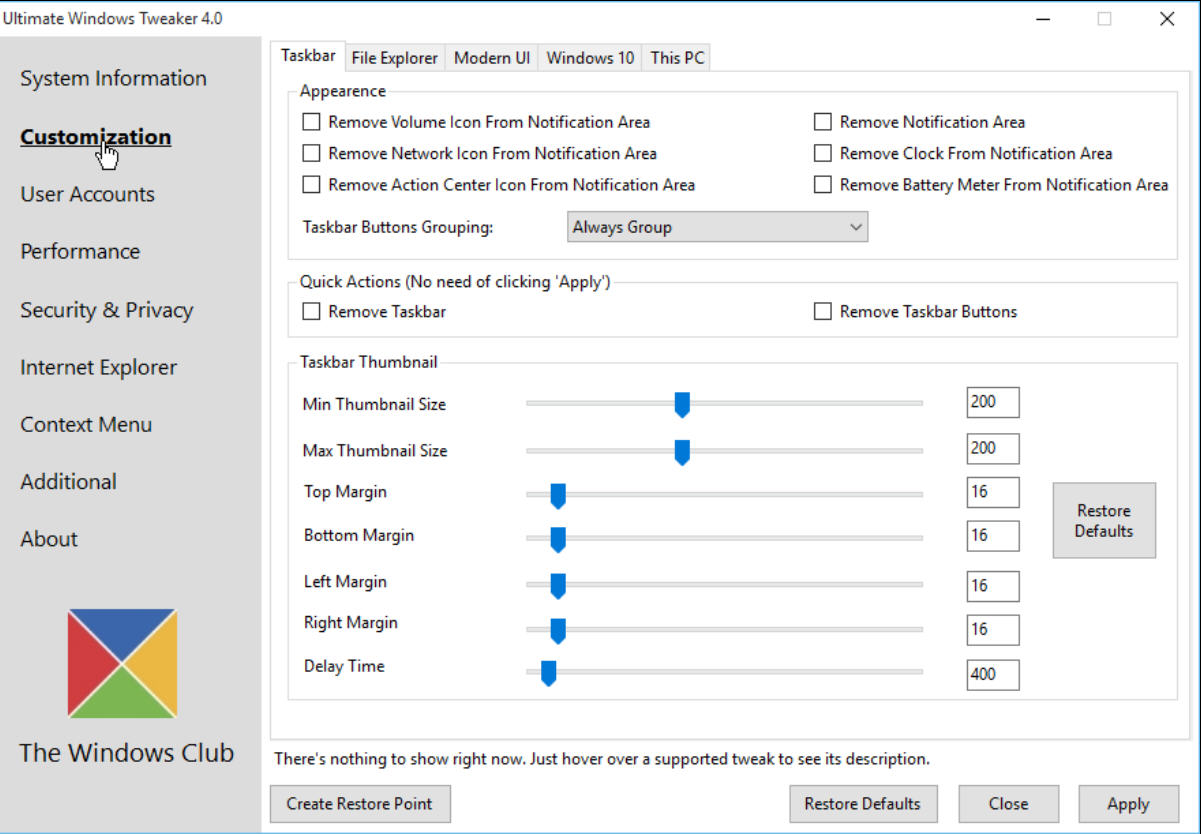


However, if that student is asked how the computer using two's complement representation would represent +6, they will often do exactly the same thing, giving the same answer. For example, if a student is asked how a computer, using two's complement representation, would represent -6 (assuming 4-bit values), they answer: 1010 (take 0110, toggle each bit and add 1). They often think that all numbers have to be negated to be represented. In particular, complement systems confuse students. Converting unsigned whole numbers tends to be relatively straight-forward, but signed numbers and fractions tend to be more difficult. Make sure students understand why it is not possible to represent +9 or +10, as these will be seen as -1 and -2 respectively. However, if we are using signed magnitude representation, the bits are interpreted differently, and the possible range is from -7 to +7. For example, if we are using 4 bits to represent unsigned integers, we can represent values from 0 to 15. Lecture Tips Teachers should spend time explaining the ranges allowed by the different representation formats. If time permits, data recording and transmission codes and error detection and correction codes can be covered. We suggest that the focus be on integer, floating-point, and character representation, with emphasis given to complement notation. Required Lecture Time Chapter 2 can typically be covered in 6 lecture hours, depending on how detailed one wishes to go into recording and transmission codes and error detection and correction. Although simple parity bits can help to detect errors, more complicated codes, including cyclic redundancy checks and Hamming codes, and are often necessary for sophisticated error detection and correction. Regardless of the coding method used, no communications channel or storage medium is error-free. Some sort of encoding is necessary to ensure that characters are properly encoded in these situations. When binary data is written to some sort of medium or transmitted over long distances, the binary one's and zero's can become Last Updated: November 2003īlurred. Codes for data recording and transmission. Lectures should emphasize the similarities and differences among these codes. ASCII, EBCDIC, Unicode and BCD are all important character codes. Potential errors that may result from the limitations of the representation are also important to discuss. Computers must be able to represent floating point numbers, and there are numerous possible formats for doing so. In particular, these operations illustrate the dangers of overflow conditions. Although people do not often add binary values, performing binary addition and subtraction helps to reinforce the concepts necessary for understanding data representation. Each of these methods should be covered, with the focus on signed magnitude and two's complement notations. There are basically three methods for representing signed numbers: signed magnitude, one's complement, and two's complement. Representing unsigned numbers in binary form is much less complicated than dealing with signed numbers. Because the binary number system translates easily into electronic circuitry, it is important to become familiar with how computer represent values. However, these concepts are crucial to understanding the remainder of Chapter 2, so they should be covered in detail. Most students have been exposed to positional number systems and different bases. Lectures should focus on the following points: This chapter should be covered after Chapter 1, but before Chapters 4 through 11.

Codes for data recording and error detection and correction are covered briefly. Fixed and floating point representation are also introduced. In addition, EBCDIC, ASCII, and Unicode character representations are addressed. Addition, subtraction, multiplication, and division are covered once the reader has been exposed to number bases and the typical numeric representation techniques, including one’s complement, two’s complement, and BCD. Linda Null and Julia Lobur Jones and Bartlett Publishers, 2003Ĭhapter Objectives Chapter 2, Data Representation, provides thorough coverage of the various means computers use to represent both numerical and character information. The Essentials of Computer Organization and Architecture


 0 kommentar(er)
0 kommentar(er)
